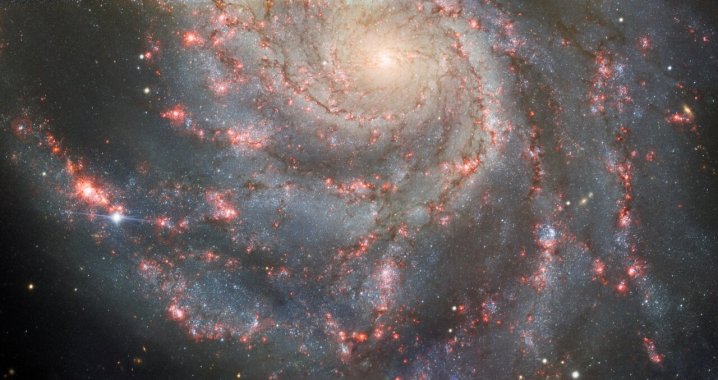Modern telescopes are huge and complex installations. They may be either an array of many smaller dishes or a single giant dish, but in either case they are equipped with delicate mirrors, as well as observation instruments, controls for pointing the telescope in the required direction, and electronic systems for recording data. That means that these large installations are vulnerable to hardware failures, such as the collapse of the famous Arecibo Observatory, which was catastrophically damaged due to a cable snapping in 2020.
The large Gemini North telescope, run by the National Science Foundation (NSF)’s NOIRLab and located on the Maunakea volcano on the island of Hawai‘i, suffered damage last year when the telescope’s primary mirror was chipped. According to NSF, “[w]hile moving the primary mirror in preparation for stripping its reflective protected silver coating, it contacted an earthquake restraint on the facility’s wash cart, chipping the edge.”
The good news was that the damage was contained to one part of the mirror, but the bad news was that repairing an 8.1-meter mirror that needs to have a flawless surface finish is no easy task. Repair work on the mirror began in February this year and was completed in March, at which point the telescope had to be reassembled.

The telescope was fully tested by the end of May, and now the observatory has produced its first science observations following the repairs. The image above shows the famous Pinwheel Galaxy, also known as Messier 101, which is a spectacular face-on galaxy. The galaxy was also host to a supernova first seen in May 2023, which was the closest supernova seen in recent years at 21 million light-years away. The supernova was captured in this image, and is the bright point of white light in the lower left half of the image.
The telescope can now get back to making observations, with the team planning to perform a mix of science observations and engineering tweaks as the observatory completes its checks.
“The successful repair of the Gemini North mirror was a great team effort for NOIRLab and our contractors at Safran–Reosc. Many different groups across NOIRLab worked together to resolve this difficult situation,” said International Gemini Observatory Director Jennifer Lotz in a statement.



